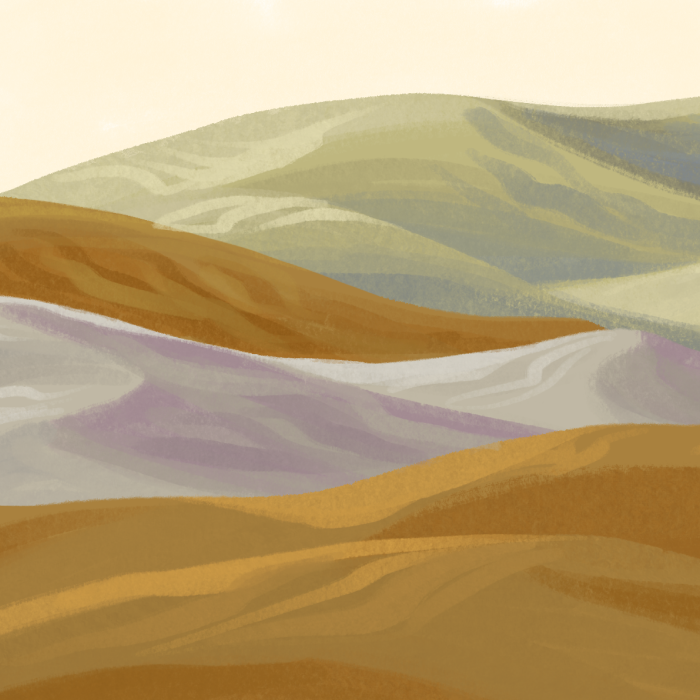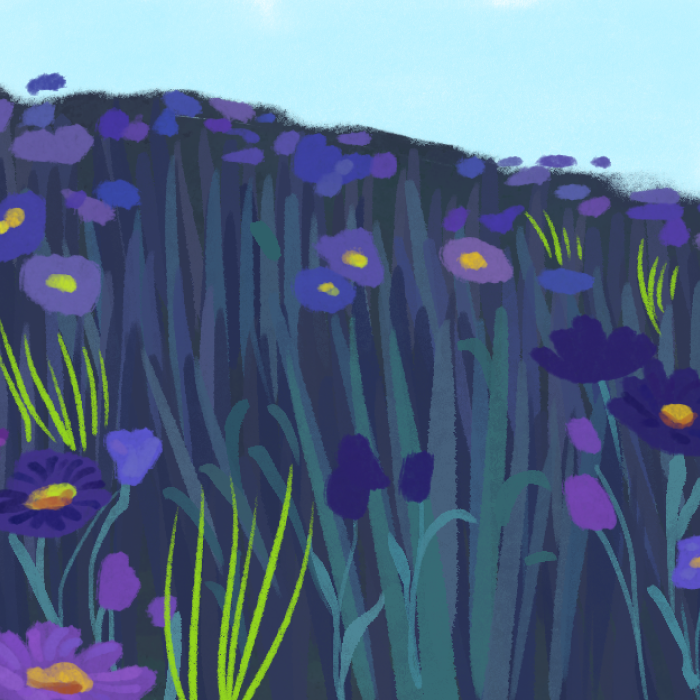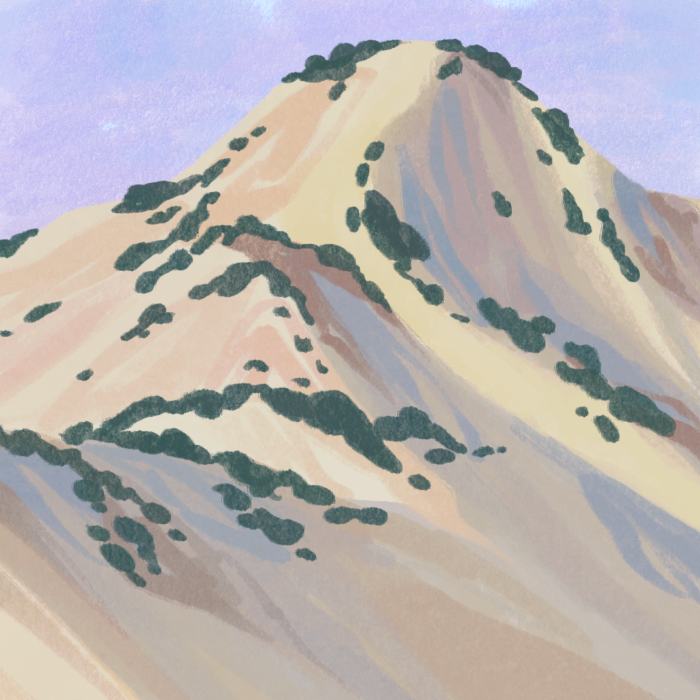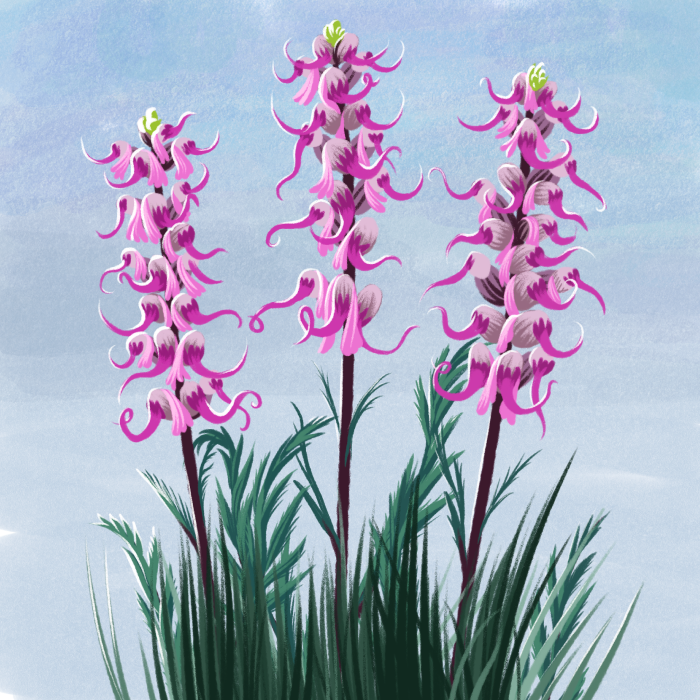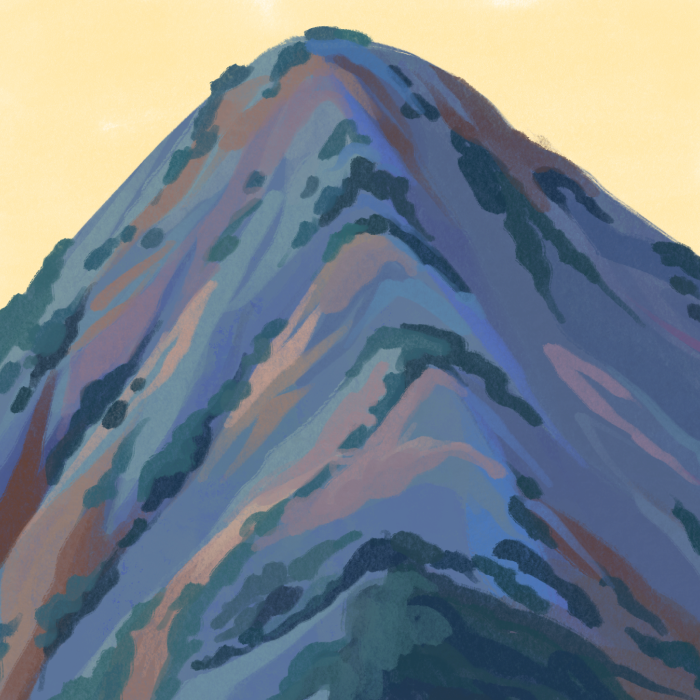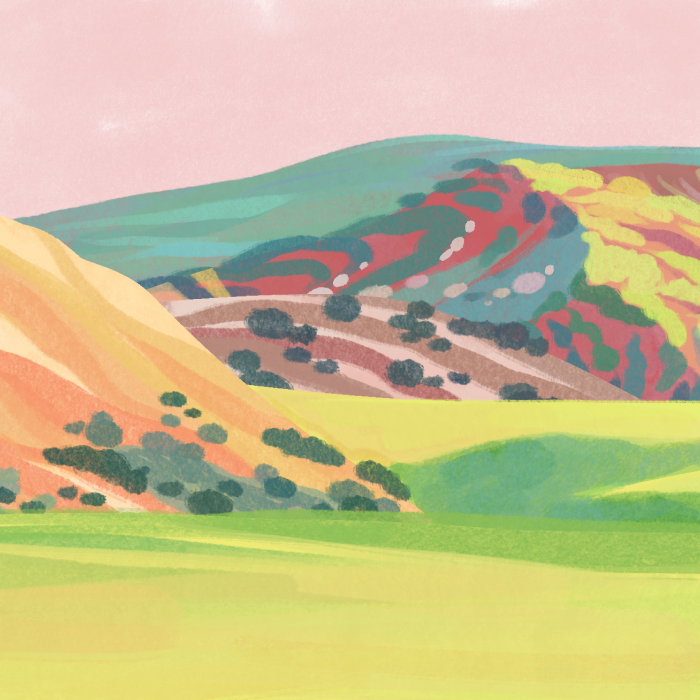
One-of-a-kind, women-led art funding real conservation.
What is this project all about?
Farm’s Stewardship Studio aims to highlight amazing artists and broaden land stewardship in the United States. This project is our first step into giving internet-scale access to land restoration.
We have partnered with Kate Rasmussen, of Ranchland Creative and Jellywhirl to create a series of generative illustrations that showcase the biodiversity of San Luis Valley, CO. Each holder will be granted digital access to our first restoration project in Southern Colorado. This art-funded stewardship leverages ecologically conscious blockchain technology through the creative visions of artists and conservationists to restore land and champion the natural biodiversity of the region.
Real restoration powered by art.
San Luis Valley’s natural beauty was thoroughly studied and thoughtfully characterized throughout this hand-drawn, digitally painted collection. Conservationist artist, Kate Rasmussen’s beautifully bright, naturalistic approach to ecological draftsmanship is the foundation to the featured organisms. Jellywhirl's whimsically abstracted Kate’s designs with a romantic palette and folksy stylizations. Jellywhirl’s art direction for the project was equally inspired by scientific observation and fairytales.
Although the biodiversity of the valley is at the heart of the visual design, many of these ecosystems have been left vulnerable but not hopeless. This project begins and ends with the conviction to protect and restore the landscape of Southern Colorado. Every token will fund dedicated stewardship of over 78 acres of this precious land.
Our project goals.
Measurable impact
We want to make sure that we are able to communicate the real on the ground change that is happening to everyone involved.
Community-lead restoration
Every token holder will have access to discuss and vote for each positive decision that is made on this piece of land.
Stewardship education
Regardless if you are a restoration expert or this is your first time we will provide education at each step of the way.
Low carbon emissions
Unlike some projects, we care about our emissions so we will do what we need to offset the any potential emissions created.
The actual land.
Farm’s Stewardship Studio has secured access to 78.46 acres just outside of San Acacio in Costilla County, CO. This property is less than one hour away from the Great Sand Dunes National Park and is right in the heart of the San Luis Valley.
The San Luis Valley is one of the highest and largest intermountain valleys in the world, bounded by the San Juan and Sangre de Cristo mountains. The valley spans south-central Colorado and a small portion of New Mexico. Despite substantial changes that have altered the landscape and ecology, the land retains a significant amount of biological and agricultural value. The complex hydrology of the valley, including flow from the Rio Grande headwaters, have created a variety of dynamic wetlands, riparian corridors and agricultural habitats - which is a stark contrast to the surrounding arid landscape.
What do you get?
A vote on real restoration
Each month, we as a community will discuss and vote on the next restorative access to take on the 78 acres.
Amplified donation
Token holders will get to choose between several land restoration non-profits and make a donation on the token holders behalf.
Artistic display rights
Token holder will have access to the digital asset for commercial and non-commercial use.
Our roadmap.
1
Public Mint.
• Minting site officially launches.
• Minting goes live at 100 $MATIC per NFT.
• Farm's stewardship studio will share more on mission and roadmap.
• Meet the Stewardship Studio team.
• Purchasers are onboarded to Discord in preparation for the next phase.
2
Becoming a Land Steward.
• The stewardship studio will reveal the full details around the plot of land.
• Access to a set of educational resources curated by the Farm team about stewardship, restoration, and conservation.
• The stewardship studio will communicate the goal and intentions of bringing things to a vote.
3
Taking Action.
• The stewardship studio will present three high level restoration plans for the community to vote on.
• Once a plan has been chosen, the community will begin voting on more granular aspects of the plan and how to best move forward.
• Community calls will happen before each vote to discuss any questions.
• The stewardship studio will break ground on the plan the community agreed on.
4
Working With Others.
• The stewardship studio will open up forms of communication with project partners.
• The stewardship studio will look for relevant crypto partners based on community suggestion.
• This phase is focused on scaling the mission and vision for the holders
5
Real World Impact.
• The stewardship studio will begin sharing exclusive photos and video of the property to the community.
• The stewardship studio will begin sending out larger monthly updates to holders along with accounting transparency.
Faq.
01. What’s an NFT?
Non-fungible tokens, or NFTs, are one of a kind digital items that you can collect, buy, own, and trade. They have all sorts of different uses from looking great to granting exclusive access to communities.
02. Aren’t NFTs bad for the environment?
Short answer is not really. Most of the negative press is related to NFT projects that are launched on Ethereum, a proof of work blockchain, which despite all the the news still only accounts for around 0.02% of global emissions. @rightmantis has an excellent thread on this here: Can NFTs Help Stop Climate Change?
03. What blockchain does this project use?
The Farm Restoration Token lives on the Polygon blockchain. Learn more about Polygon here: https://polygon.technology
04. How do I use Polygon?
First grab some MATIC from Coinbase. MATIC is the native currency in Polygon’s ecosystem and is used for paying transaction fees.
05. How do I get a Farm Restoration Token?
Once you have some MATIC, you can buy a Farm Restoration Token here by connecting your Metamask wallet. Feel free to read our Minting Guide. Don’t worry if this all seems to complicatied you can also buy one on Opensea.io.
06. Does owning a Farm Restoration Token mean I own the land?
No, the Farm Restoration Token is a utility token that gives you the ability to vote and execute what happens in this restoration project. This land is owned by Farm.
07. Why 1,095 NFTs?
We have used satelite imagery to divide the property into 1,095 unique pieces of property all with their own data characteristics. Our hope is that over time we will be able to realize change in each individual piece of land.
08. How exactly are you offsetting the carbon footprint of minting 1,095 NFTs?
While the carbon footprint of Polygon is miniscule in comparison to Ethereum, the Farm team will use a portion of the proceeds to offset the emissions generated by the project. Right now our rough estimate is around 1.65 - 2 carbon credits will need to be purchased.
